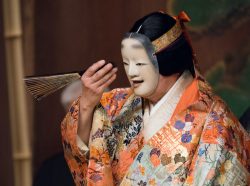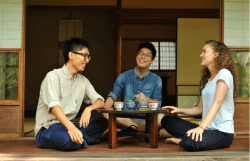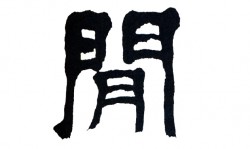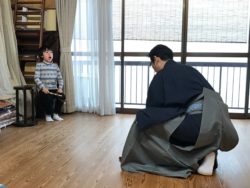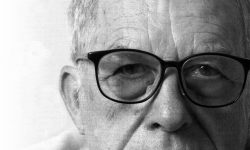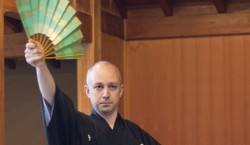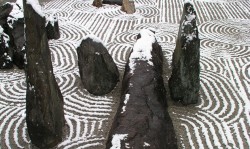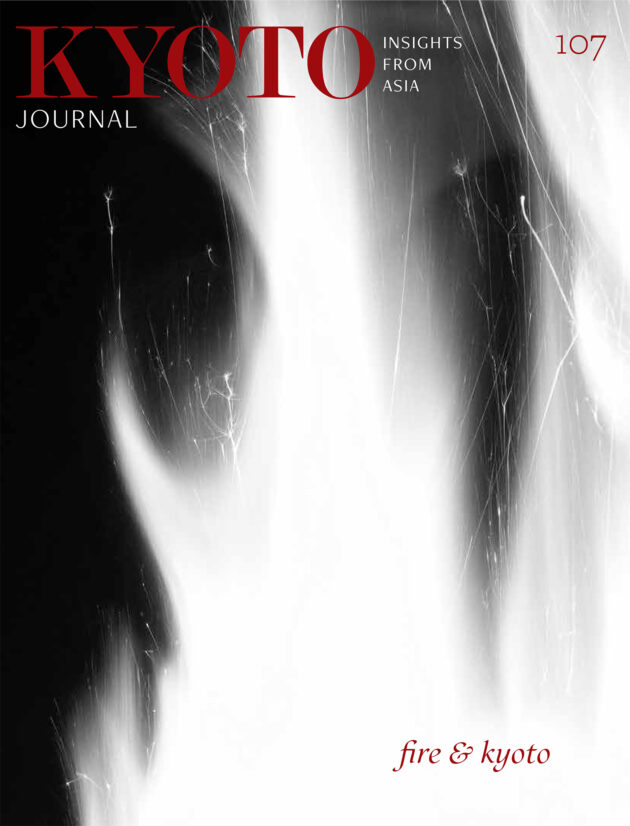Posts Tagged ‘noh’
Behind the Mask
In 1960, noh actor and mask carver Udaka Michishige was the last to be taken as an uchi-deshi, or live-in apprentice, into the home of Kongō Iwao II, the head of the Kongō School.
Read MoreA House Living with Tea
“Inspired by tea, the housemates show us that it is possible to live creatively and mindfully in this modern day world. It seems fitting that such a place exists in Kyoto, a city that epitomizes the juxtaposition of old and new.”
Read MoreMA: Place, Space, Void
Place is the product of lived space and lived time, a reflection of our states of mind and heart…
Read MoreVassal Beats Lord: Benkei and Yoshitsune in the Noh Play Ataka
Ataka reveals an aspect of unique Japanese spirituality. While it is a challenging performance for actors that requires subtle skills instructed orally by a master, the story structure involves a powerful psychodrama, and the roles and presentation evoke the audience’s emotions directly by the senses without depending completely on the words.
Read MoreFreedom Within Bounds: A Conversation with Donald Richie
Unlike many writers on Japan, Donald Richie advances no social theories. By portraying Japanese as individuals, and by doing so with insight and often with sympathy, Richie gives the lie to conventional notions of uniformity.
Read MoreStep Inside the World of Noh: An interview with Diego Pellecchia
“I’m hoping to transmit the ethics of Noh. Respect for the space and discipline, work ethics, orderliness, cleanliness. “
Read MoreKawamura Junko on Noh
“The actor is not moving, but the pose is full of pent-up energy. Think of a spinning top…”
Read More
